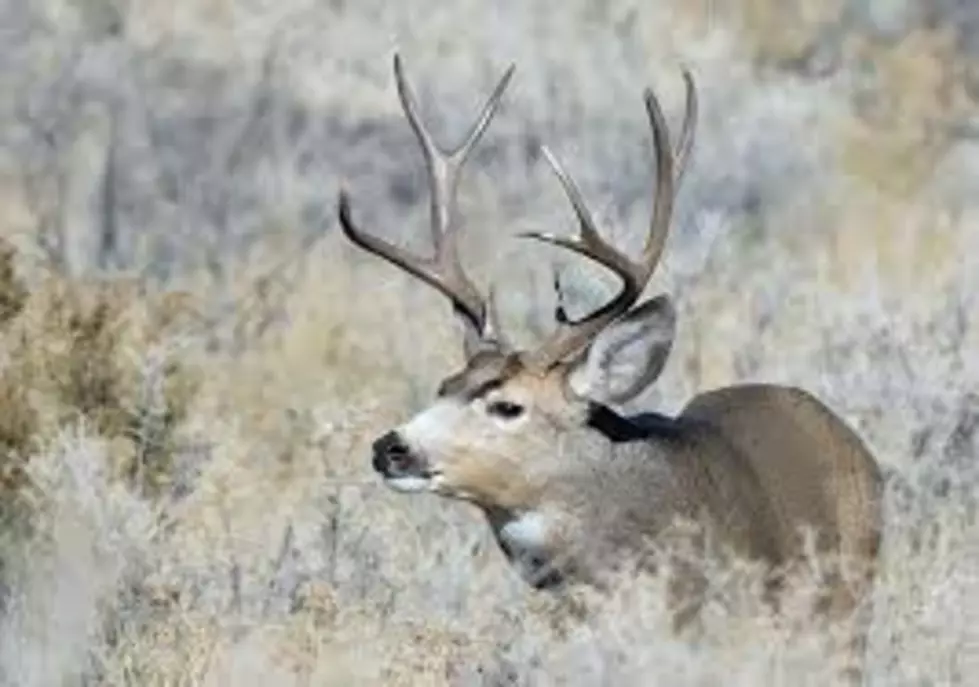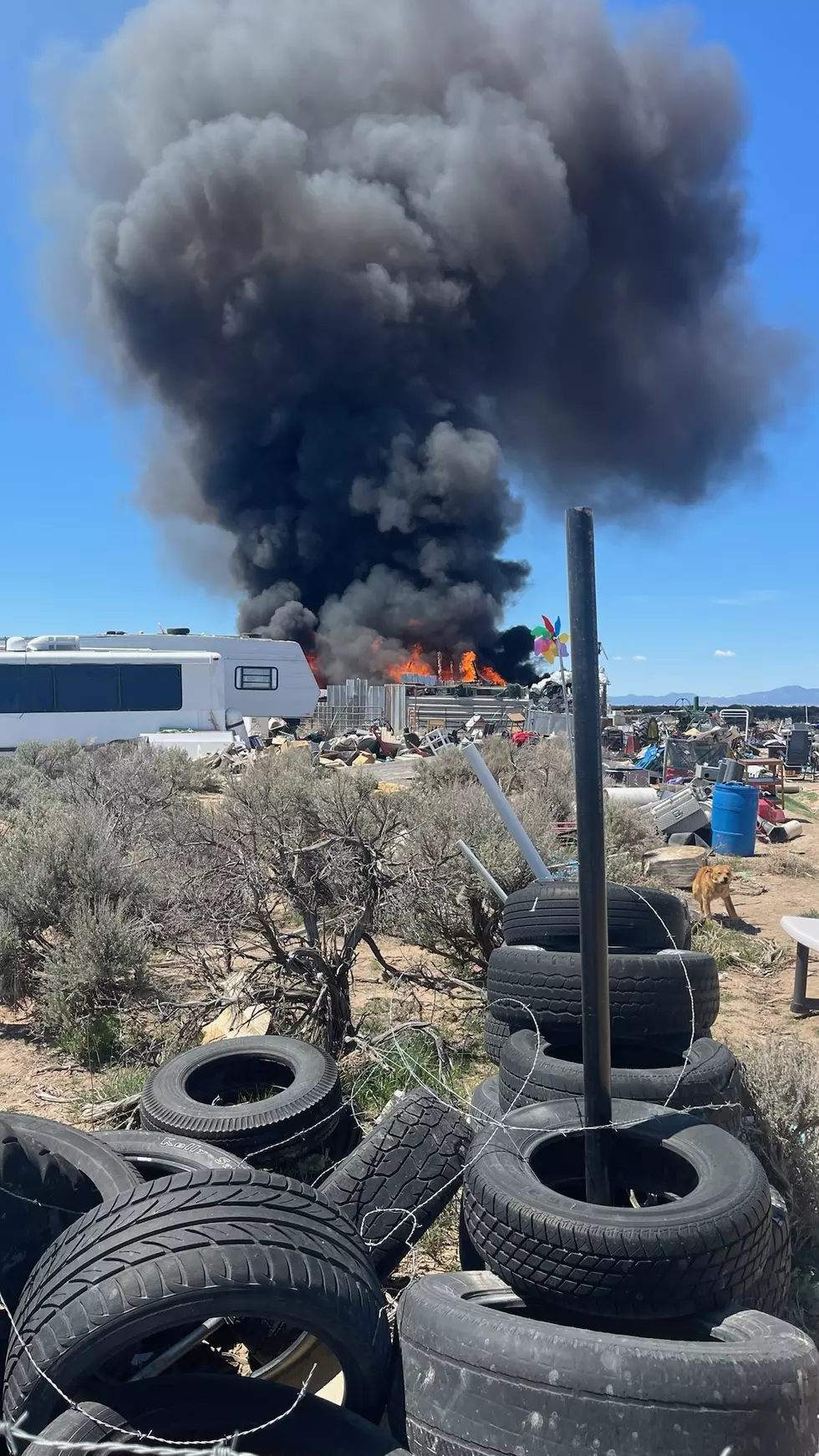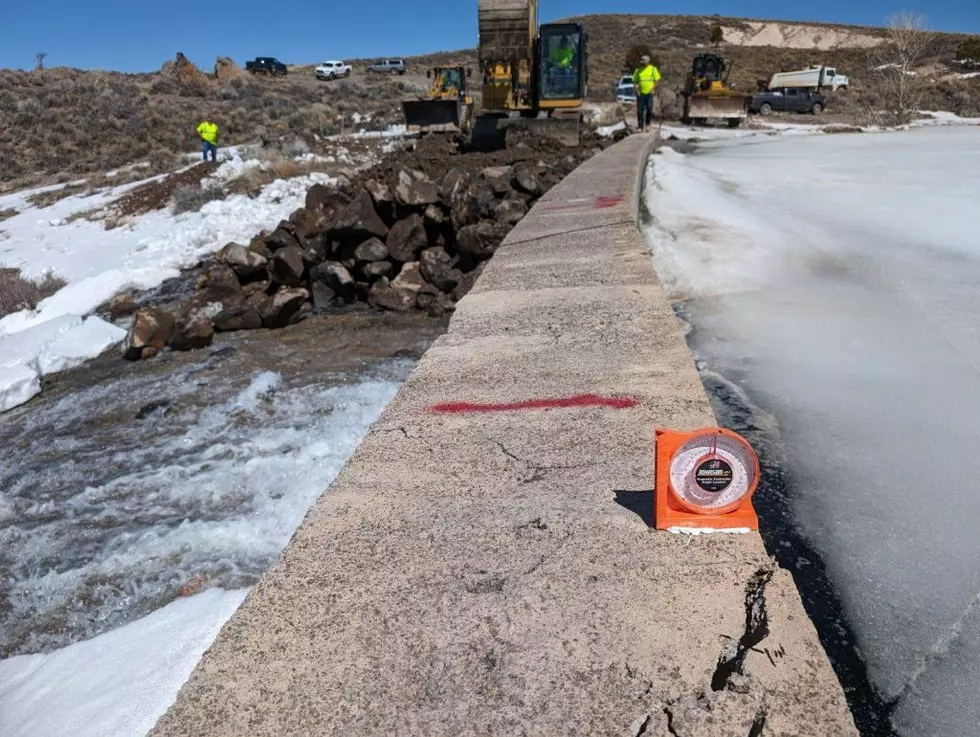
Drought Conditions Effect Deer And Elk Herds
Several years of ongoing drought conditions have impacted mule deer populations across the state. Here are a few things people hunting deer and elk in Utah this fall should know. Drought impacts deer by decreasing their body fat (because there are fewer plants and available food sources on the landscape). If the does have poor body fat and nutrition, it leads to smaller fawns, and those fawns have a decreased chance of surviving. If an adult deer has too little body fat at the beginning of the winter — especially a severe winter — it will often not survive the winter months. Recent deer research, conducted in Utah, has shown that the amount of fat deer have going into the winter has more of an impact on their likelihood to survive than the conditions and severity of the winter itself. Drought conditions have persisted for several years in Utah, and long-term drought-related impacts to Utah's deer and elk populations are still lingering. However, monsoon rains last fall and again this summer have improved vegetative conditions, especially at higher elevations, and deer appear to be in good body condition. Elk are impacted differently by drought because survival of adults typically remains high, while pregnancy rates have been shown to decline during extreme drought conditions. Before beginning your hunt, the Utah Division of Wildlife Resources recommends visiting the Utah Hunt Planner website to get information on the area you plan to hunt, and to be sure to go out and scout the area ahead of time. DWR also suggests that you are familiar and skilled with your equipment, hunt away from roads, and make sure you are prepared for changing and possible extreme weather conditions. The DWR estimates that there is 305,700 deer in the state.
More From KSUB 590/107.7









